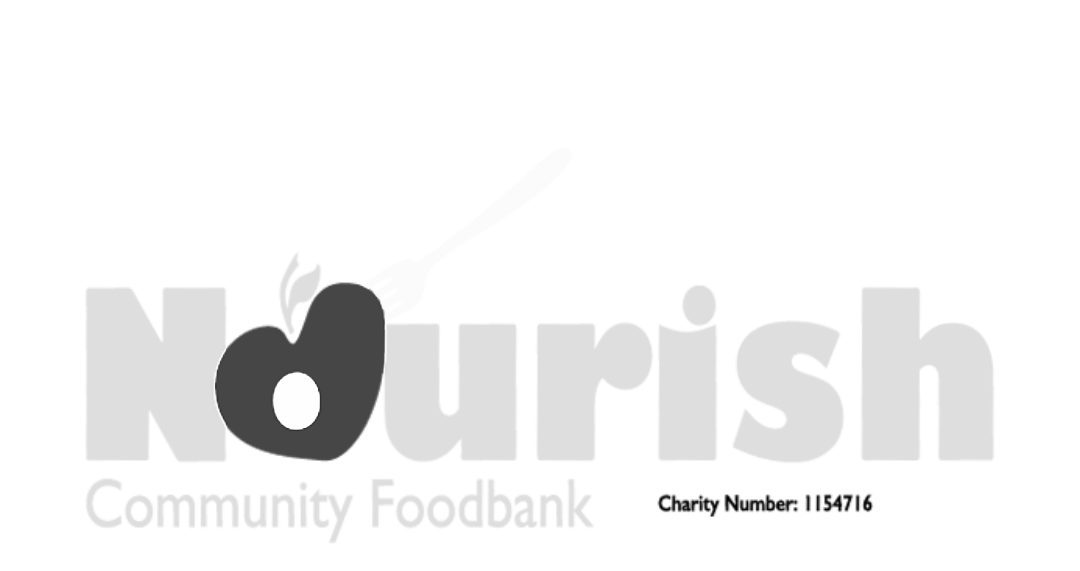by Paula Veysey-Smith
•
28 October 2025
An opportunity to sell some of your land for development can be very tempting but could you land up paying Capital Gains Tax (CGT) on your windfall. This area of tax is quite niche but knowing the rules could shape what decisions you make and it is important that you fully understand the implications. If Principal Private Residence (PPR) Relief can apply then no CGT will be due but the Revenue may well argue that is doesn’t. When does PPR apply? The relevant law is Section 222 of the Taxation of Chargeable Gains Act 1992 (TCGA 1992) . It says you don’t pay CGT on the disposal of a dwelling-house that’s been your main residence and the garden or grounds “up to the permitted area” (normally 0.5 hectares) that’s used for the reasonable enjoyment of the house. That means PPR can apply even if you sell part of your land separately — but only if it was still genuinely part of your residence at the time of disposal. However, the relief has limits: The land sold must have been enjoyed as part of the home, not used for business or rented out separately. The total area (house + garden/grounds) must not exceed 0.5 hectares (about 1.24 acres) unless a larger area is needed for the “reasonable enjoyment” of the home (which HMRC sometimes accepts for rural properties). The land must not have been sold for development before the house sale unless it clearly remains part of the residence at that time. If you sell off a piece to a developer before, or separately from, the sale of your home, HMRC can argue it’s a disposal of land and CGT would apply . HMRC’s makes its stance clear with this statement: “If the owner sells part of the garden or grounds separately from the house, relief will only apply if the land sold formed part of the garden or grounds up to the date of disposal.” How do I show that the grounds were genuinely part of the garden? If the land really is part of your garden, you can improve your position by: Showing continued use — photos, garden maintenance invoices, landscaping, etc. Avoiding any planning applications yourself before sale. Selling without fencing or subdividing it beforehand. Keeping the sale timing close to the eventual house sale (if planned). Documenting that the sale proceeds were for personal reasons , not part of a development scheme. What if planning permission is involved? If you obtain planning permission to sell at a higher value, HMRC is more likely to treat that as a capital gain so CGT will apply. If you’ve already agreed to sell the land to a developer, HMRC’s case is strong — especially if there’s planning permission or preparation for building. If you simply sold a piece of your garden that you’ve been using as part of your home, with no development activity by you , your case is stronger. However, as most developers insist on getting planning permission before the land is bought this can weaken your case. What if I’m not covered by PPR Relief? Then CGT applies on the gain you make from the sale which would be the Sales Proceeds less a portion of the original cost plus allowable expenses. Let’s look at a practical example: You bought your home + 1 acre for £400,000 total. Now you sell ¼ acre for £250,000 to a developer. You’d need to apportion the original purchase price (£100,000) to that land. Gain = £250,000 − £100,000 = £150,000. Then CGT applies at: 18% or 28% (depending on your income tax band), Less your annual CGT allowance (£3,000 for 2025/26). You can also deduct legal fees, surveyor’s fees, etc. In summary: The key factor is what the land was at the time of sale : If the sale is made before development starts, and it is still your private garden at the time of sale, PPR applies. If you had already granted rights, or if it’s no longer used as part of the garden, HMRC could argue it’s no longer part of the residence — but in your case, it’s still part of the garden when sold. Therefore, the gain should be fully exempt under PPR relief. Always seek the advice of a professional if you are considering selling land for development so that you are aware of the risks involved and the amount of CGT that may be due if PPR is not applied. Conducting the sale correctly could be the difference between a hefty tax bill or more of the funds staying in your own bank!









